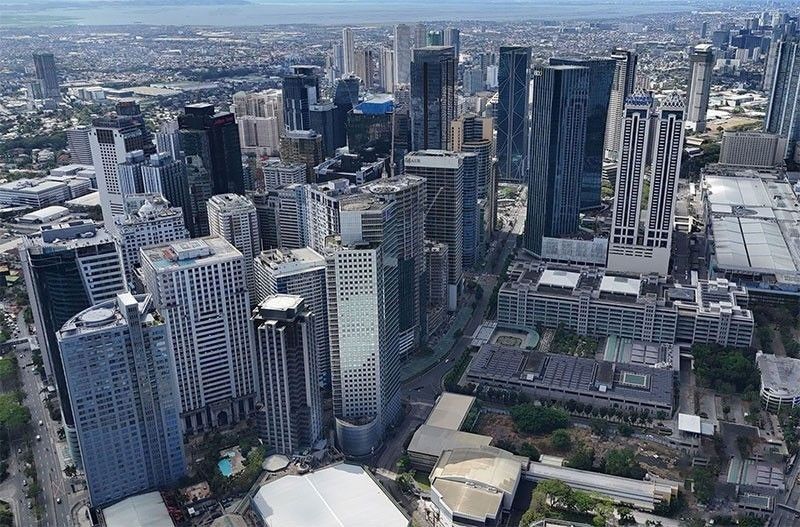Philippines faces risk of huge twin deficits – Nomura

MANILA, Philippines — Prioritizing infrastructure projects and slashing rice import tariffs will likely lead to large twin deficits in the Philippines, making fiscal consolidation more challenging and contributing to persistent peso weakness against the dollar, according to Nomura Global Research.
In a report, Nomura said the Philippines’ current account deficit may reach 2.7 percent of gross domestic product this year, slightly higher than the 2.6 percent of GDP recorded in 2023.
The forecast is well above the pre-pandemic (2016-2019) average of 1.1 percent of GDP. It is also higher than the one percent projection of the Bangko Sentral ng Pilipinas (BSP) for 2024.
“We expect the current account deficit to remain large and fiscal consolidation targets to be challenging this year,” Nomura said, adding that rising capital goods and raw materials imports due to infrastructure implementation could widen the Philippines’ current account balance.
A twin or double deficit happens when a country has both a current account and budget deficit, which means that imports are higher than exports and the government is spending more money than the revenues it is generating.
Based on BSP data, the Philippines’ current account deficit narrowed to $1.7 billion (1.6 percent of GDP) in the first quarter from a year-ago level of $4.4 billion (2.6 percent of GDP).
The BSP set its current account deficit target at $4.7 billion (one percent of GDP) this year and $2 billion (0.4 percent of GDP) for 2025.
Nomura also sees a fiscal deficit of 5.9 percent of GDP in 2024, a tad narrower than the 6.2 percent of GDP seen last year, but above the government’s revised target of 5.6 percent.
According to the research firm, significantly reducing rice import tariffs to 15 percent from 35 percent previously will likely put upward pressure on the Philippines’ twin deficits.
“Food importation will remain a recourse of the government to increase domestic supply amid continued weather-related risks and now likely higher rice import demand due to lower tariffs,” it said.
The research firm said that while the tariff cuts on rice could bring down inflation to an average of 2.8 percent this year and 2.3 percent in 2025, it may also result in some forgone fiscal revenues of about 0.05 percent of GDP, by Nomura’s estimates.
Meanwhile, large twin deficits under the BSP’s flexible market-determined foreign exchange regime could lead to peso weakness against the dollar.
“Partly for this reason, we expect the BSP to start its cutting cycle only after the Fed, or in October, which is when we also expect inflation to be more entrenched within BSP’s two to four percent target,” Nomura said.
It added that the BSP may still cut rates by a total of 150 basis points until the second quarter of 2025, bringing the key interest rate to five percent from the current 6.5 percent level.
- Latest
- Trending
































